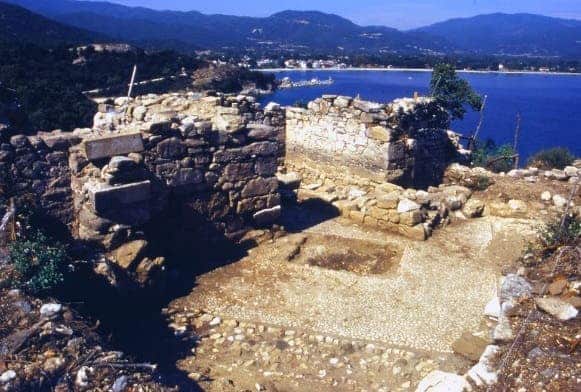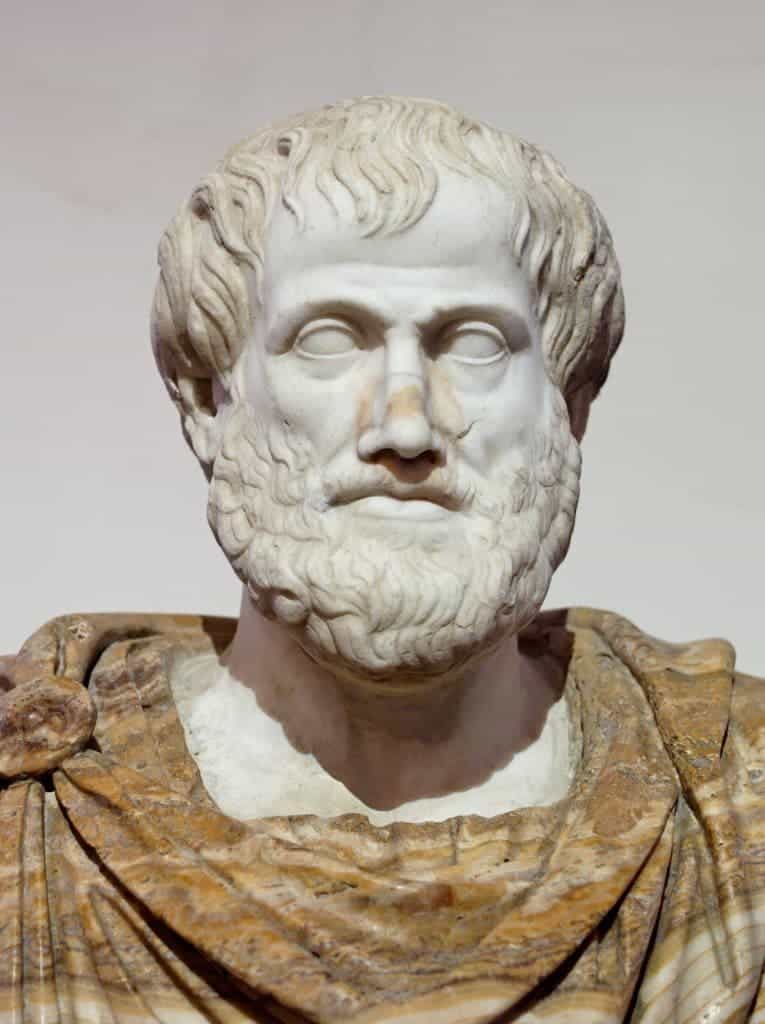Greek archaeologists may have located the tomb of Aristotle, one of the most important philosophers and scientists of the Antiquity.

Archaeologists working close to the philosopher’s birthplace in Ancient Stagira (currently in the Greek area of Macedonia) say they have found Aristotle’s tomb. This isn’t an India Jones type “let’s go in and explore” tomb, but rather ruins and ceremonial structures. The finding is backed by two literary sources, which mention that the philosopher’s ashes were brought to Stagira.
The site’s importance is evident from its location alone: straight in the center of Stagira, near the Agora (ancient market), with a beautiful 360 view. There is a remarkable altar outside the tomb and a square-shaped floor. The floor is marble and everything is covered by a mounded dome 10 meters high, further underlining its importance. A pathway leads to the tomb’s entrance for those that wished to pay their respects. High-quality pottery, as well as 50 gold coins were also reported at the site.
All in all, everything seems promising, but this is nothing but circumstantial evidence. Is there any direct evidence that this is indeed Aristotle’s resting place?
‘I have no hard proof, but strong indications lead me to almost certainty’, said archaeologist Kostas Sismanidis. He claimed all the indications, from the location of the tomb, the period it was erected, its public character are conclusive that the edifice is indeed Aristotle’s tomb. Dr. Sismanidis led the first systematic archaeological excavations of Stageira, which began in 1990.
Unfortunately, we likely won’t be finding any more evidence either. Most of the tomb was destroyed during the Byzantine period, when a square was built on top of it. The structure has been known for twenty years, but only now do archaeologists believe they have enough proof to claim that this is indeed the tomb of Aristotle.

Aristotle’s writings constitute the first comprehensive system of Western philosophy. According to the Encyclopædia Britannica, “Aristotle was the first genuine scientist in history … every scientist is in his debt.” His works contain the earliest known formal study of logic, and his philosophy is often regarded as the foundation stone for modern philosophy. He was also the disciple of Plato, and the mentor of Alexander the Great, one of the world’s greatest conquerors. This put him in a position where he had access to vast resources and was highly revered throughout the Greek Empire.


